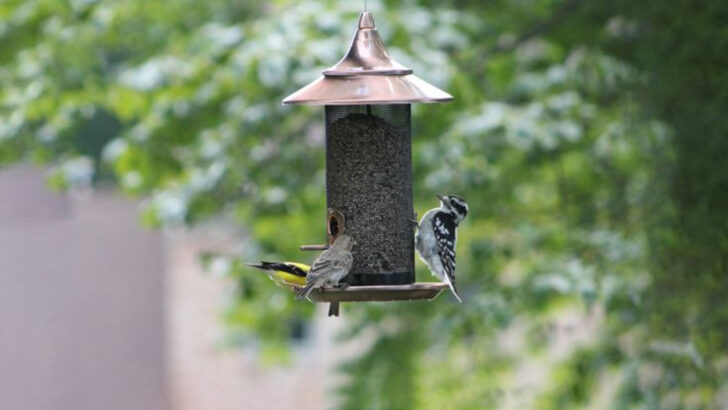Want to turn your backyard into a bird paradise? It’s easier than you think! With just a few simple habits, you can transform your space into a haven for birds, where they’ll feel right at home.
From planting the right trees to offering water stations, these small changes can make a huge difference. The best part? You don’t need a giant garden to make an impact. Even in a small space, you can create a bird-friendly oasis that attracts a variety of colorful creatures.
Birdwatching doesn’t have to be a rare occurrence. Imagine waking up to the sound of birds chirping and fluttering by every morning. With these simple, yet effective tips, you’ll have a thriving, bird-friendly backyard that’ll make your neighbors jealous!
Get ready to invite the beauty of nature into your own space, one bird at a time!
Plant Native Flora
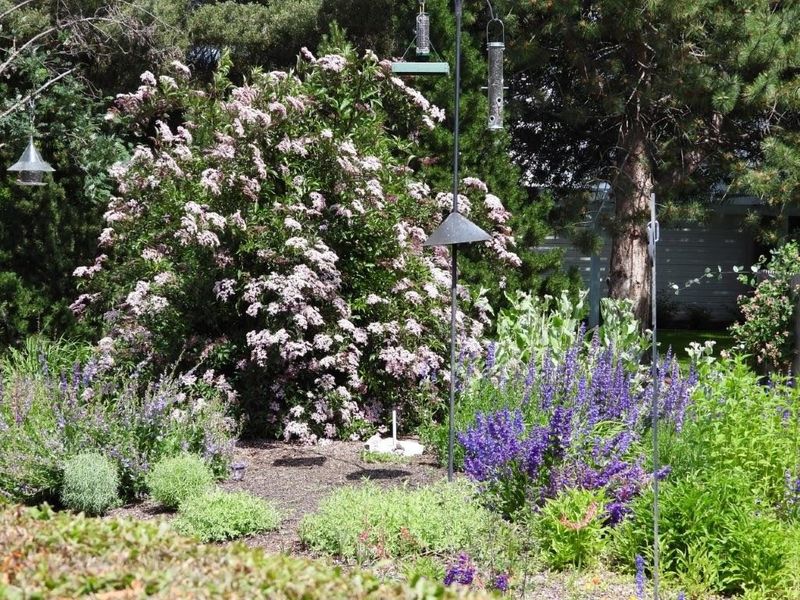
Native plants provide essential resources like food and shelter for local bird species. These plants are adapted to the local climate and soil, making them easier to care for. Choose varieties that produce seeds, berries, or nectar. This encourages birds to visit consistently. Planting in layers—ground covers, shrubs, and trees—creates diverse habitats. Such an arrangement mimics natural ecosystems. Additionally, native flora supports insects, which are a crucial food source for many birds, especially during the breeding season. By planting native, you contribute to preserving local biodiversity.
Provide Fresh Water
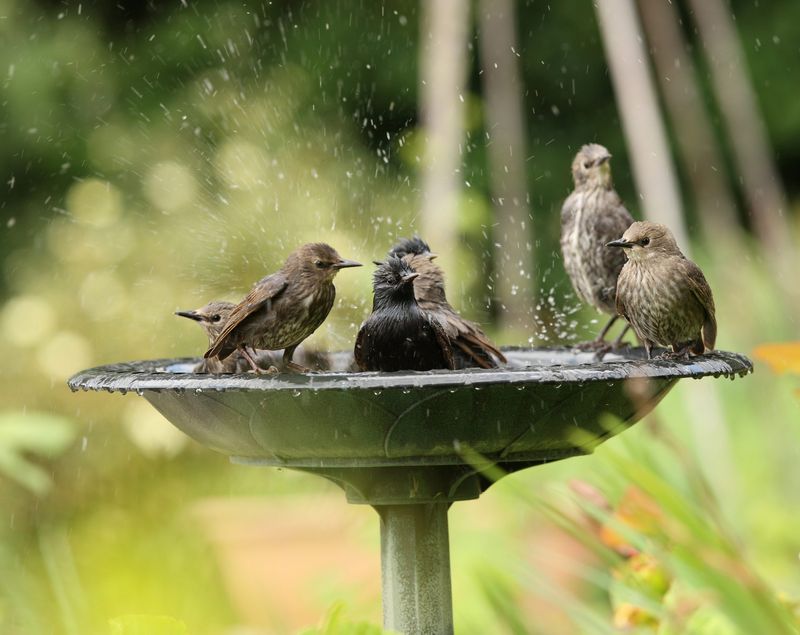
Birds need water for drinking and bathing, so a clean birdbath is vital. Place it in a spot that offers visibility and safety from predators. Change the water regularly to prevent stagnation and mosquitoes. Adding stones can help birds grip while bathing. A small fountain or dripper can provide the soothing sound of running water, attracting more birds. In winter, consider a heated birdbath to ensure access to liquid water. This small addition can make your backyard a reliable oasis for birds year-round.
Install Bird Feeders
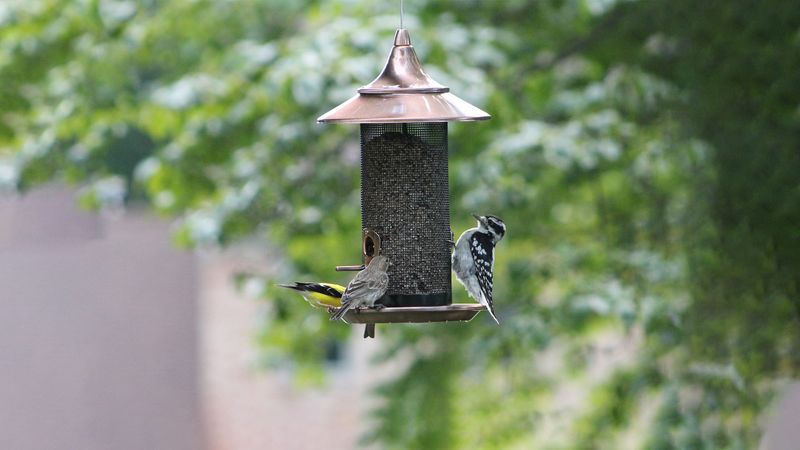
Bird feeders are a simple way to attract a variety of birds. Offer a range of seeds—such as sunflower, safflower, and nyjer—to cater to different species. Place feeders at varying heights to accommodate diverse feeding habits. Ensure they are cleaned regularly to prevent disease spread. Position them near trees or shrubs to provide birds with quick cover from predators. By observing the birds that visit, you can adjust feeder types and locations to best suit their preferences. Feeders also offer great viewing opportunities.
Avoid Chemicals
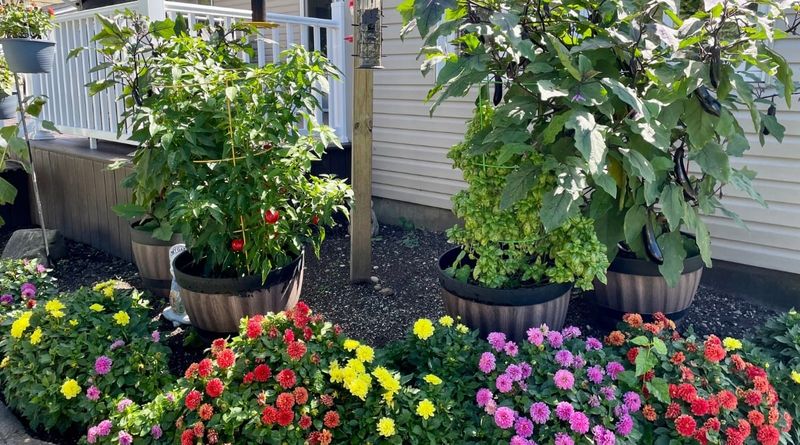
Using chemical pesticides and fertilizers can harm birds and the insects they feed on. Opt for organic gardening practices to maintain a safe environment. Composting is a natural way to enrich soil without chemicals. Introduce beneficial insects like ladybugs to control pests safely. Mulching helps retain moisture and suppress weeds, reducing the need for chemical intervention. These practices encourage a balanced ecosystem where birds can thrive without exposure to harmful substances. A chemical-free garden is safer for all wildlife.
Create Shelter and Nesting Sites
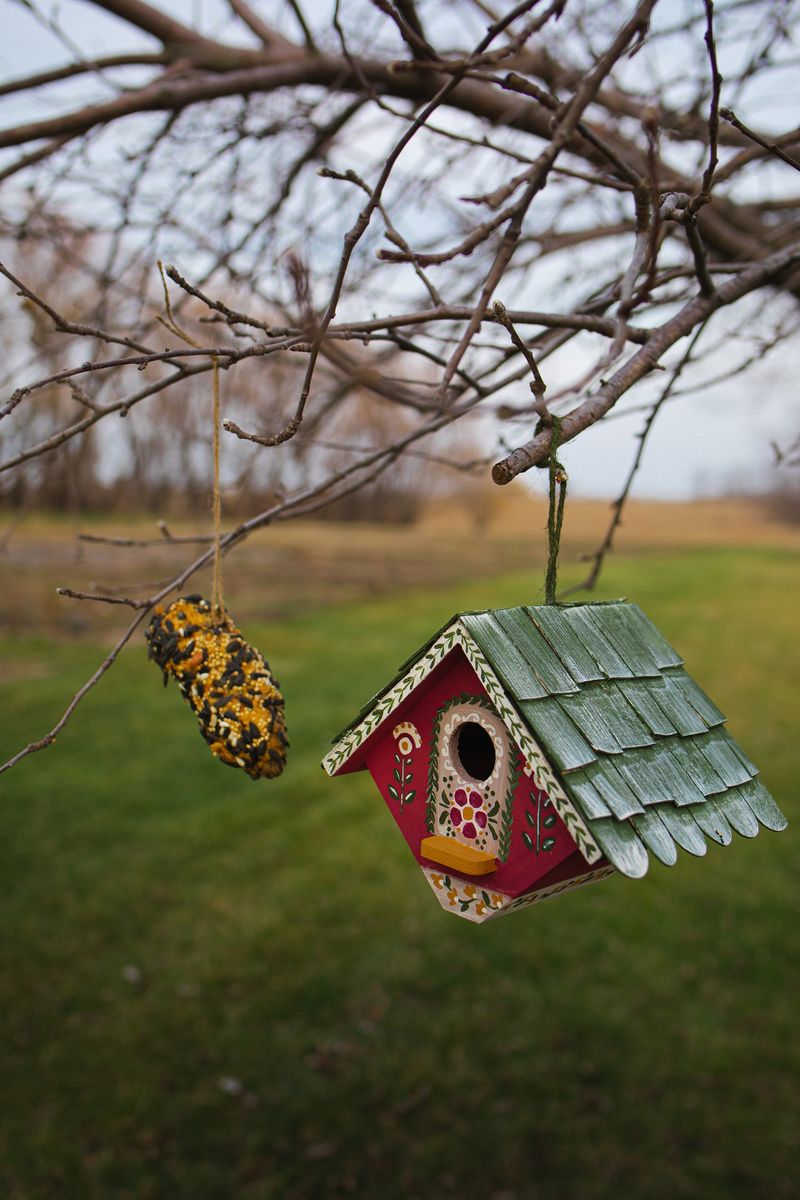
Birds need shelter for protection and nesting. Install birdhouses suitable for local species, ensuring they’re mounted at safe heights. Provide natural materials like twigs, leaves, and feathers for nest building. Dense shrubs and trees offer additional hiding spots. Consider leaving some dead wood or branches as nesting sites. These practices support breeding and increase bird presence in your backyard. Offering a variety of nesting options can also attract different species. The added benefit is watching birds raise their young.
Maintain a Diverse Habitat
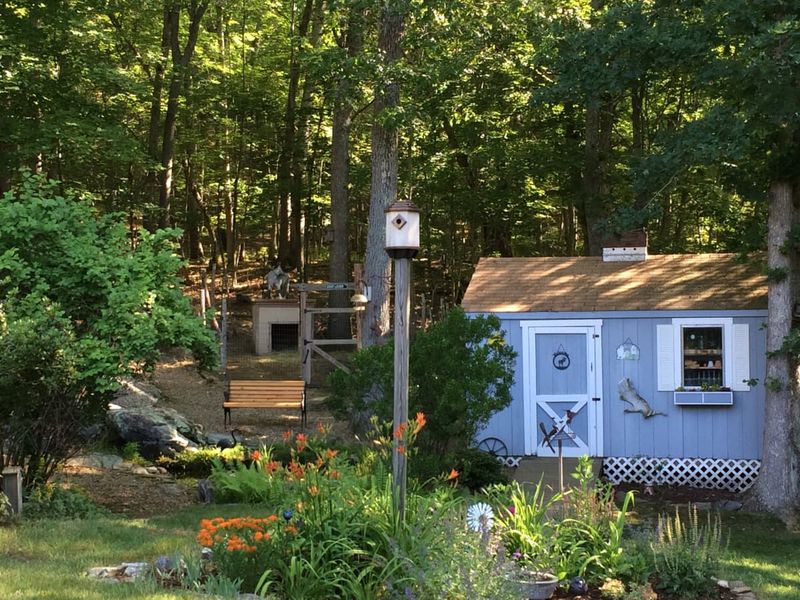
Creating a diverse habitat caters to different bird needs. Include a mix of native trees, shrubs, and flowering plants. These provide food, shelter, and nesting sites. Open areas allow ground-feeding birds to forage. Diversity attracts more bird species, each with specific habitat requirements. Such variety also supports insects and other wildlife, contributing to a balanced ecosystem. Regularly assess and adjust plantings to maintain ecological health. A thriving habitat invites more birds, enriching your backyard experience.
Reduce Lawn Area
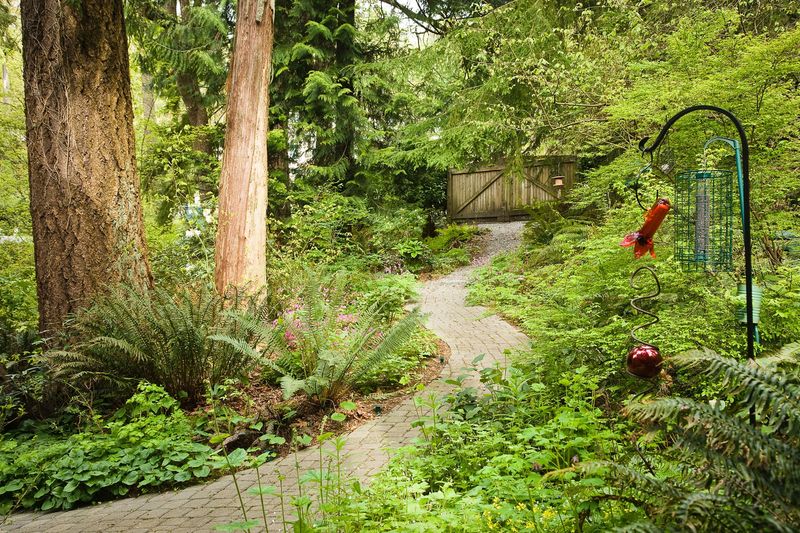
Traditional lawns offer little to birds. Replacing portions with native gardens can boost biodiversity. Lawns can be transformed into meadows or planted with ground cover that benefits birds. This change reduces mowing and chemical use. Adding flowers and shrubs increases food and shelter availability. Lawns can still have paths and open spaces but should be limited. This shift not only aids birds but also reduces maintenance efforts. A more natural landscape invites a wider variety of birds, creating a dynamic environment.
Use Bird-Friendly Lighting

Bright lights can disrupt bird navigation and behavior. Choose fixtures with shields to direct light downward. Opt for motion sensors to limit unnecessary lighting. Warm, low-intensity bulbs minimize disturbance to wildlife. Consider using timers to ensure lights are off when not needed. Reducing light pollution helps nocturnal birds and insects. Soft lighting enhances the natural ambiance of your yard, making it a serene space. These adjustments can make your backyard more hospitable for birds.
Keep Cats Indoors
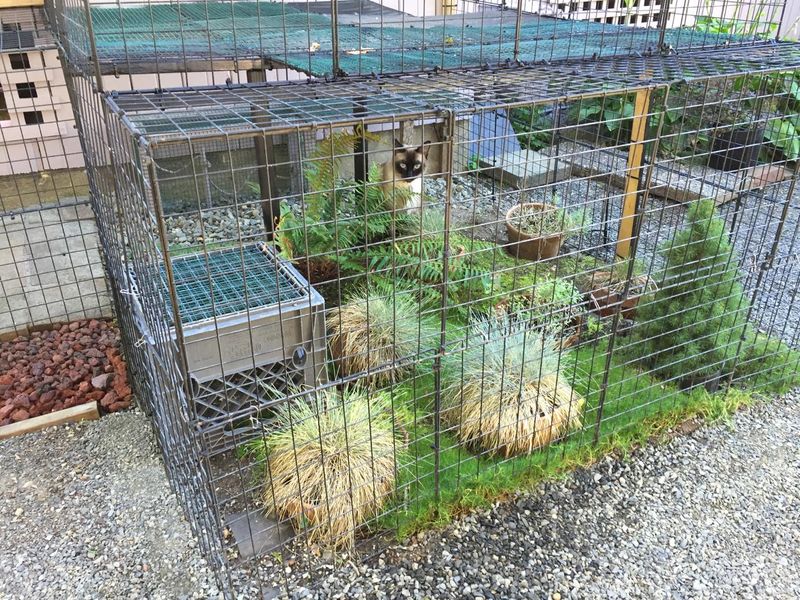
Outdoor cats pose a significant threat to birds. Keeping them indoors protects local bird populations. Cats can enjoy the view from a window perch, engaging with the outdoors safely. Providing indoor enrichment, like toys and climbing structures, keeps cats entertained. If outdoor time is necessary, consider supervised outings or a catio—a secure outdoor enclosure. These measures prevent predation and ensure a safer environment for birds. Balancing the needs of pets and wildlife is crucial.
Participate in Citizen Science
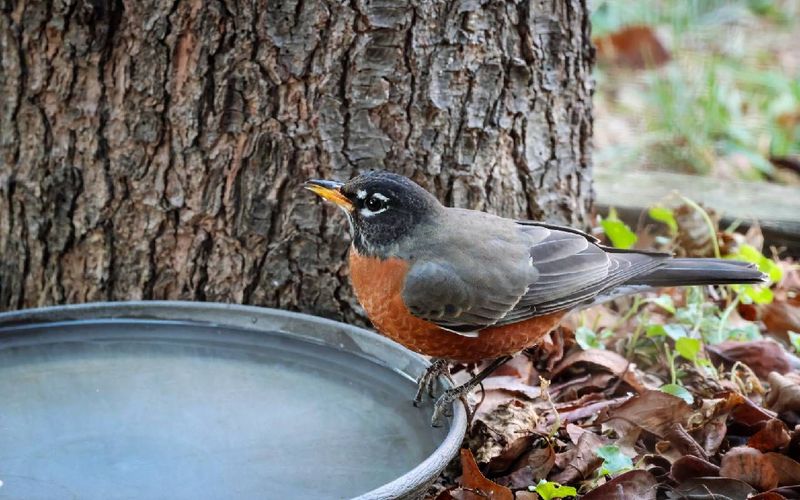
Engaging in citizen science enriches bird-friendly practices. Participate in bird counts or monitoring programs. These activities contribute valuable data to conservation efforts. They also deepen your connection with the avian world. Observations help track bird populations and migrations. By sharing findings, you aid broader ecological understanding. This involvement enhances personal knowledge and helps protect birds. It’s a fulfilling way to contribute to conservation. Citizen science invites everyone to be active participants in supporting birds.
Remove Invasive Species
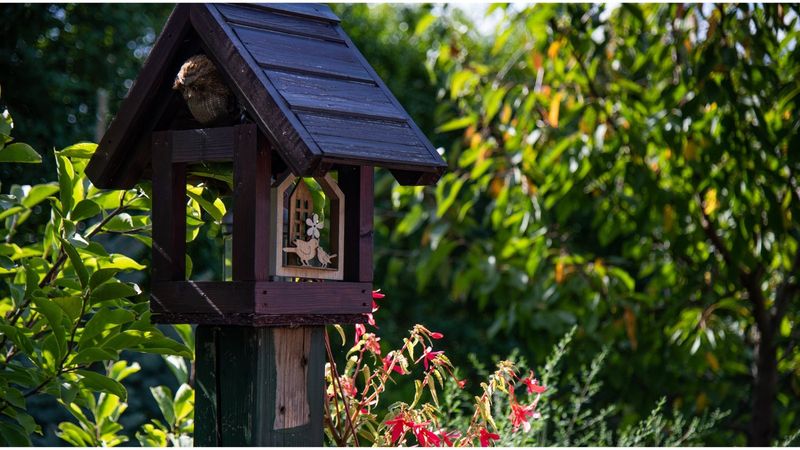
Invasive species can outcompete native plants, disrupting ecosystems. Removing them allows native flora to thrive, benefiting local birds. Identify and eliminate plants like ivy or kudzu. Replace them with native alternatives that support bird life. This task may require persistence, but the rewards are significant. A backyard free of invasive species offers a healthier habitat. By restoring balance, you provide better resources for birds. Encourage neighbors to do the same for a larger impact.
Limit Noise Pollution
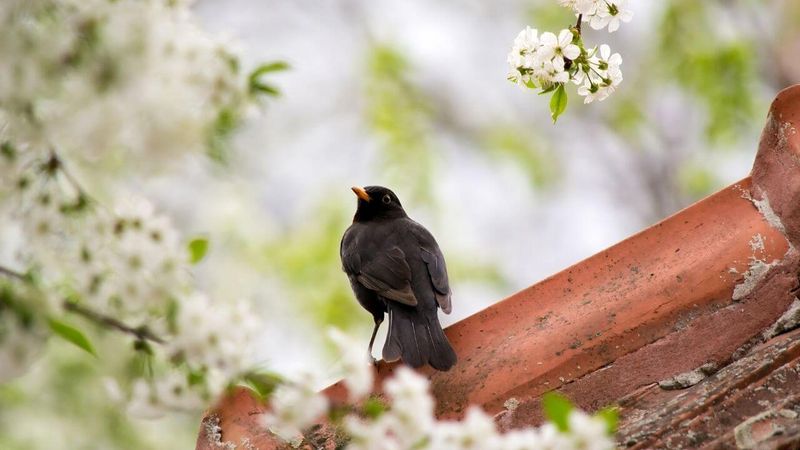
Excessive noise can stress birds and disrupt their communication. Create quiet zones by using fences or hedges to block sound. Encourage natural sounds with water features or wind chimes. Keeping noise levels low helps birds feel safe and relaxed. Consider the impact of outdoor equipment like lawnmowers and leaf blowers. Using manual tools can reduce noise and is environmentally friendly. A serene environment is more inviting to birds, enhancing their presence.
Educate and Involve Family
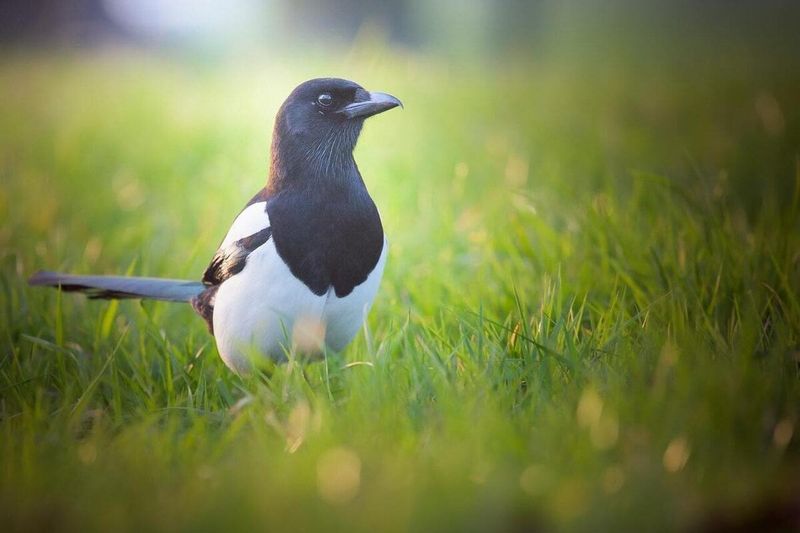
Involving the whole family fosters a bird-friendly culture. Teach children about local birds and their needs. Encourage participation in garden projects and bird-watching. This involvement builds appreciation for nature. Sharing responsibilities like feeder filling or birdbath maintenance can be fun. It’s an opportunity to bond and learn together. Education instills respect for wildlife and conservation values. By working as a team, you create a sustainable habitat. This habit strengthens family ties while benefiting birds.
Celebrate Bird Migrations
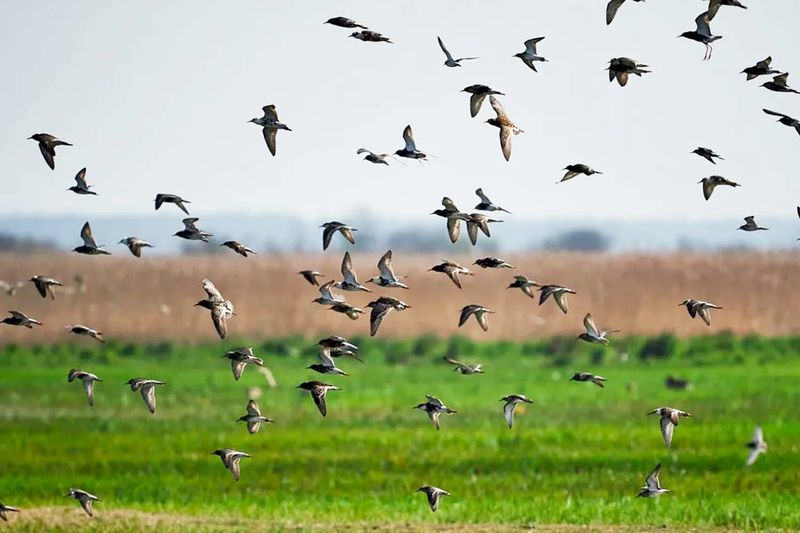
Bird migrations are extraordinary events. Celebrate by hosting observation gatherings during peak seasons. Invite friends to share the spectacle of flocks passing through. Decorate with bird-themed items to enhance the festive atmosphere. These celebrations raise awareness of migration patterns and conservation needs. Learning about different species enriches the experience. It’s a perfect time to count and record migrant birds. By celebrating migrations, you acknowledge birds’ incredible journeys and support their conservation. Such events inspire community involvement.

